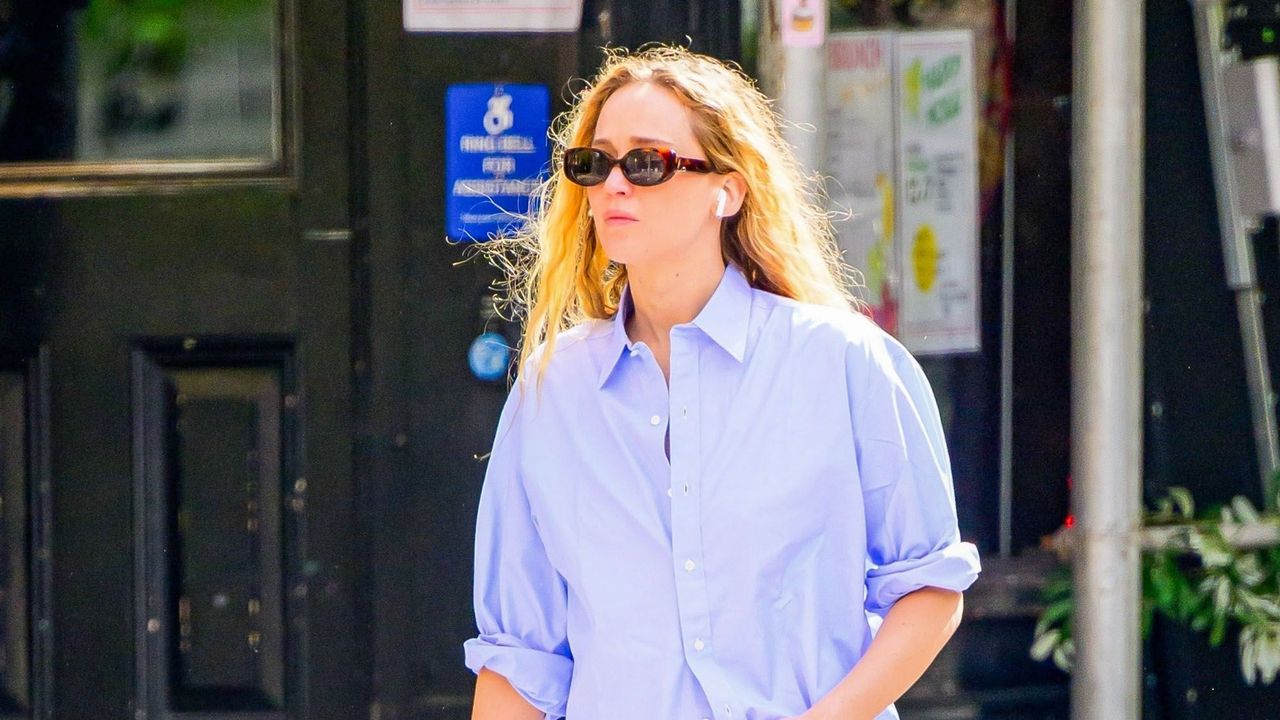

The year since Saks and Neiman Marcus Group cut their landmark $2.7 billion deal has been dominated not by talk of a new luxury retail giant or a modern merchant force taking shape. Instead, it’s been all about the rough and tumble of high-stakes corporate finance.
On that score, it’s been a story of quick and agile dealmaking that would be surprising or just unbelievable from almost anyone else but Richard Baker, executive chairman of what is now Saks Global.
Consider this:
- There was the decade-long pursuit of Neiman Marcus.
- The unlikely deal, with the behind-on-its bills Saks parent Hudson’s Bay Co. lining up Amazon, Salesforce and Apollo to buy the somewhat stronger Neiman Marcus.
- The surprisingly fast approval by antitrust regulators, the deterioration of the low-on-inventory Saks business and a pivot to a $2.2 billion bond sale that replaced Apollo, clearing the way to the close of the transaction two days before Christmas.
And then things really got started.
Hudson’s Bay was spun off and went bankrupt, Saks and Neiman’s vendors were thrown into a tailspin by a yearlong schedule to repay past due bills and 90-day payment terms on all shipments going forward. And bondholders — some of whom seem to haven’t bothered to read some very important fine print — revolted when they learned their debt wasn’t directly secured by the Saks Fifth Avenue flagship. Saks then lined up $350 million in new financing in May only to ditch that in favor of $600 million in financing last month from a group of bondholders jockeying for a better position in the capital structure.
From the outside, the company has appeared to be lurching from one crisis to the next. And from the inside, it’s seemingly been a nightmare.
But last week, new money in hand, Saks made a crucial $120 million interest payment on the bonds. It’s said to be paying vendors on time under the new terms and Marc Metrick, chief executive officer, has even floated the possibility of making back payments earlier than planned.
“As we progress over the next few months, if we see a return to what we believe to be normalized receipt flow, we plan to evaluate the possibility of accelerating the timeline to pay back past due balances to our brand partners,” Metrick told vendors in a memo last month that was obtained by WWD.
At least for now, the Saks story is no longer a tale about financing.
Everyone inside and out agrees that Saks has the money to get through this year and sources close to the company maintain that it has the financial wherewithal to last much longer even if Christmas doesn’t turn out to be a blockbuster season. One source said Saks’ outside auditors gave the company a clean bill of health — good for at least a year — after the $350 million in financing was lined up and now that’s been upsized to a potential total of $600 million, giving it even more cushion.
Right now, the future of Saks is not about its ability to wrangle investors or lenders, but the company’s retail savvy and its ability to push what Metrick has called a “reset” of luxury retail through an increasingly complicated retail market.
“All we heard about is ‘We’re running out of money,’” said Tim Hynes, global head of credit research at Debtwire, summing up the bondholder take on the company. “’We need money for inventory, we need money to make interest payments.’ Money, money, money. So OK, we got you set up, you told us you needed this much money, now you show us that you know what to buy and you bought the right inventory and you know how to sell it to make a reasonable profit.”
That’s the trick in retail anyway — and one that requires finesse in good times and real skill in tough ones, like now when consumers are skittish and President Donald Trump’s trade war is still disrupting supply.

A look inside the new Saks Fifth Avenue in Beverly Hills.
Joel Barhamand/WWD
Big retail mergers are dicey to start with.
“Now, they have control of the best high-end retailers,” Hynes said. “In theory it should work out. Nobody’s going to open a new high-end retailer tomorrow. It’s just not going to happen. So they got the market cornered. In theory, if anything’s going to work, this should work. Everybody says, ‘Rich people always have money, this should work out.’ However, if you look at history, combining retailers has never worked out.”
That point could be argued, kind of — the Federated-May mega merger worked for a time and changed the retail landscape, but that company, now Macy’s Inc., is now morphing again for a new age.
But nobody argues that Saks is working in a tough space.
“Department stores are not the best neighborhood to be operating in,” said Mickey Chadha, the Moody’s Investors Service debt analyst who follows Saks.
“They’re relying on cost cuts, layoffs, efficiencies between the two companies,” Chadha said. “And that’s all great. If you can accomplish that, you’re definitely better for your bottom line. However, you have to grow, you have to grow. And their sales have been declining quite dramatically in the last couple of years. So if you don’t grow, there’s only so much you can do in synergies and cost cuts.
“This $600 million of new monies that we’re talking about is great,” he said. “It gives them more runway to get the ship back on course. But it’s not going to be the end all. If they continue to burn cash, that $600 million will then disappear again in the next 12 months, and then they’ll need more capital. The holiday is going to be key for them.”
Holiday, next year and beyond relies not on raising more money or courting investors, but on making the big Saks reset work.
It’s a complicated bit of work for Metrick.
Saks Global is combining operations for the two nameplates, reestablishing trust with vendors, cementing the new payment terms, expanding through a luxury shop on Amazon and looking at brands in new ways with its Authentic Luxury Group joint venture.
Somewhere in there could be a bright future for the idea of the luxury department store, which has suffered blow after blow since the bankruptcy of Barneys New York in 2019.
There is no shortage of brands with real gripes against Saks as it just now starts paying bills due years ago. But some luxury labels are also sensing new potential ahead — and brands both large and small say Saks Global is vital to their businesses and its survival is key.
One adviser to independent designer brands said they are getting more excited about Saks’ shop on Amazon, which launched with 50 brands and is said to be bringing new shoppers into the business.
“Are we going to actually see more sales through e-commerce than we’re seeing in the physical stores?” the adviser wondered. “How does the retail footprint shrink or change?”
That refocuses the narrative around Saks back to where it really should be — its retail fortunes.
The Bottom Line is a business analysis column written by Evan Clark, deputy managing editor, who has covered the fashion industry since 2000. It appears periodically.
#Saks #Faces #Highstakes #Reset #Luxury #Retail #Challenges






